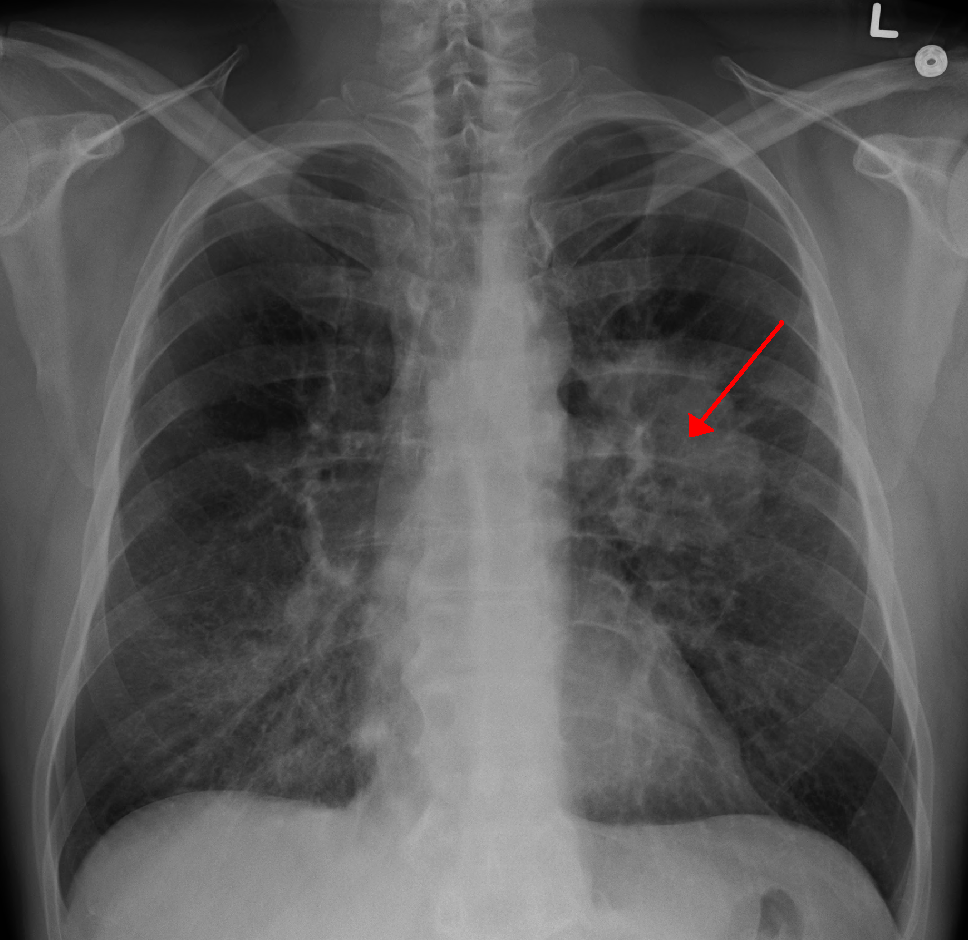A few weeks ago I met up with a colleague who recently joined Grail, a company developing a multi-cancer early detection (MCED) test. I wanted to do a little more research into their product. MCED tests are under development with the vision of detecting multiple types of cancers with a single sample of blood. This is sometimes referred to as a “liquid biopsy.” This would be particularly valuable as a noninvasive way of screening symptom-free people for cancers that are typically only caught in later – and therefore deadly – stages. The theory is that machine learning algorithms can detect and identify the location of tumors from DNA or proteins from cancer cells. The cost is approximately $1k per test.
Nearly eight years past Theranos’ epic meltdown from fraudulent promises of noninvasive testing to investors and patients, skepticism is certainly understandable. One of Grail’s key hurdles will be to win over the trust of medical professionals. They are going down the right path by engaging in clinical trials to prove the efficacy of their testing services. However, a few key strategic flaws could dampen their rise. Grail’s CMS-partnered study named REACH is massive, but doesn’t contain a randomized comparator arm, as reported in Health Affairs. The authors rightfully point out, “only randomization evenly distributes both known and unknown differences between screened and unscreened individuals.” The similarly massive NHS-Galleri study has been criticized in The Lancet for the scale of the study given the current reported 27.5% sensitivity of the test for the “50+ early stage cancers” and 0.5% false positive rate. The Lancet authors argued that the screening test should also demonstrate improvements in mortality per the recommendations of the UK National Screening Committee (NSC) instead of the surrogate endpoint of early diagnosis, in order to be worthy of public investment.
My opinion falls somewhere in between. Grail needs to have a randomized comparator arm to prove the accuracy of their test. We need to be able to trust the data as valid. However I disagree that the test needs to show an improvement in overall mortality for it to be worthy of public investment. Advancements in diagnosis support ongoing advancements in treatment. For screening, we can’t let the perfect be the enemy of the good, particularly as cancer rates are rising in young adults.
Image credit: James Heilman, MD
